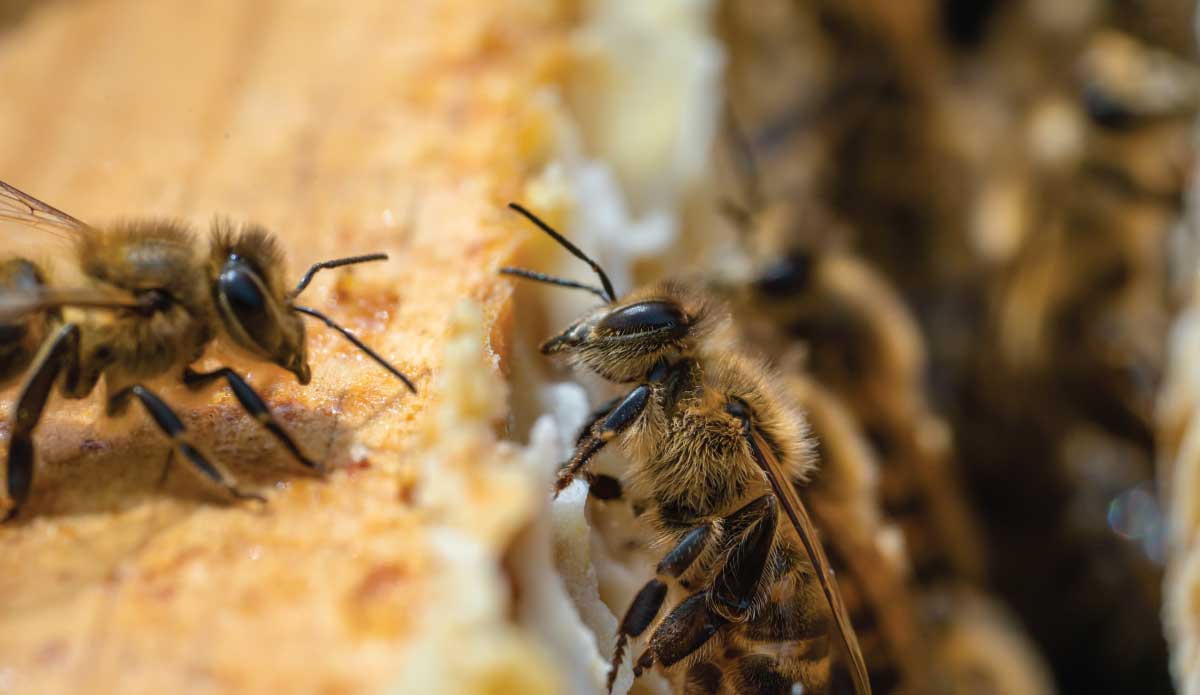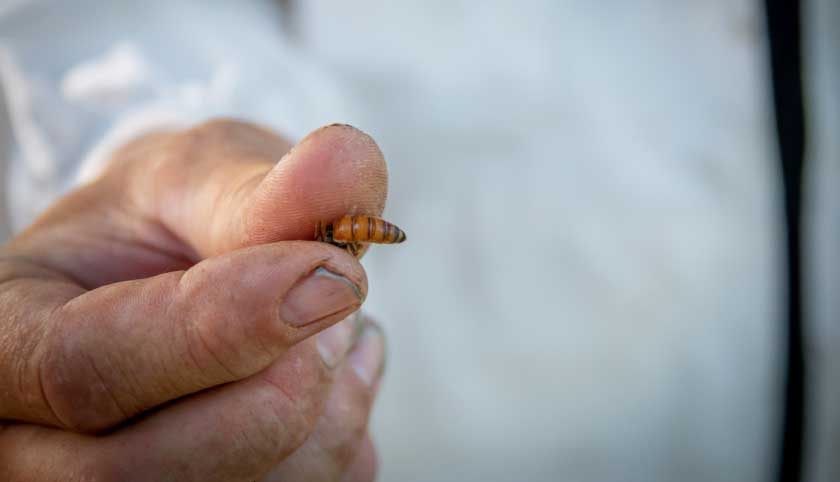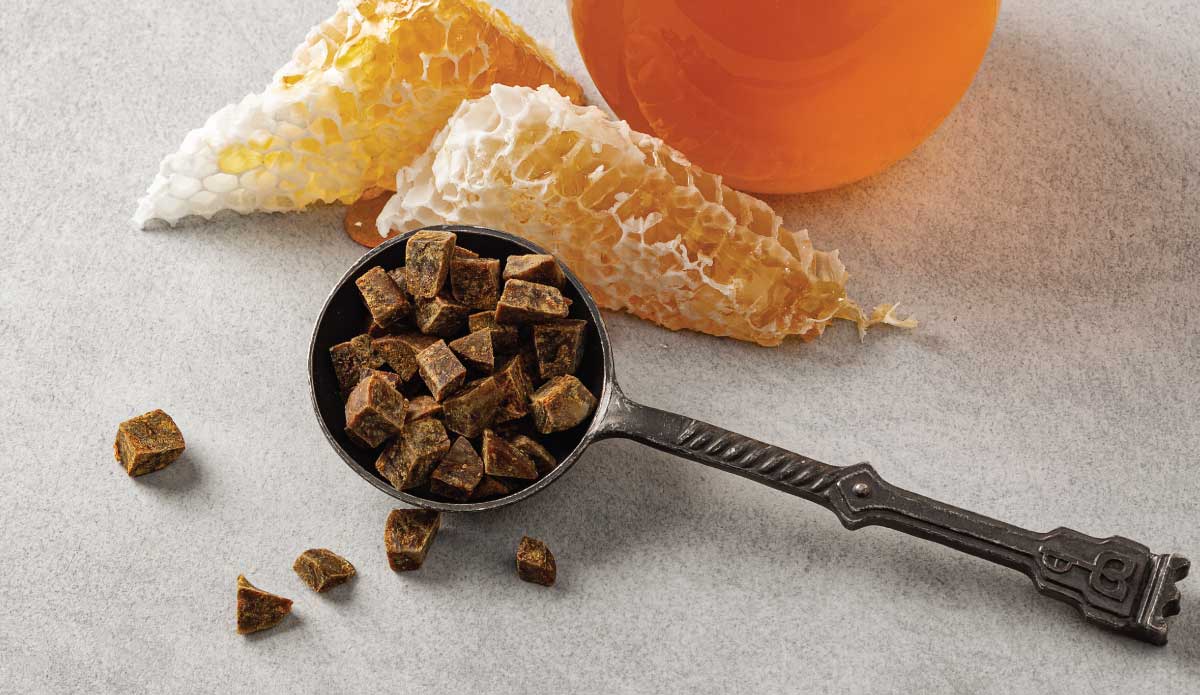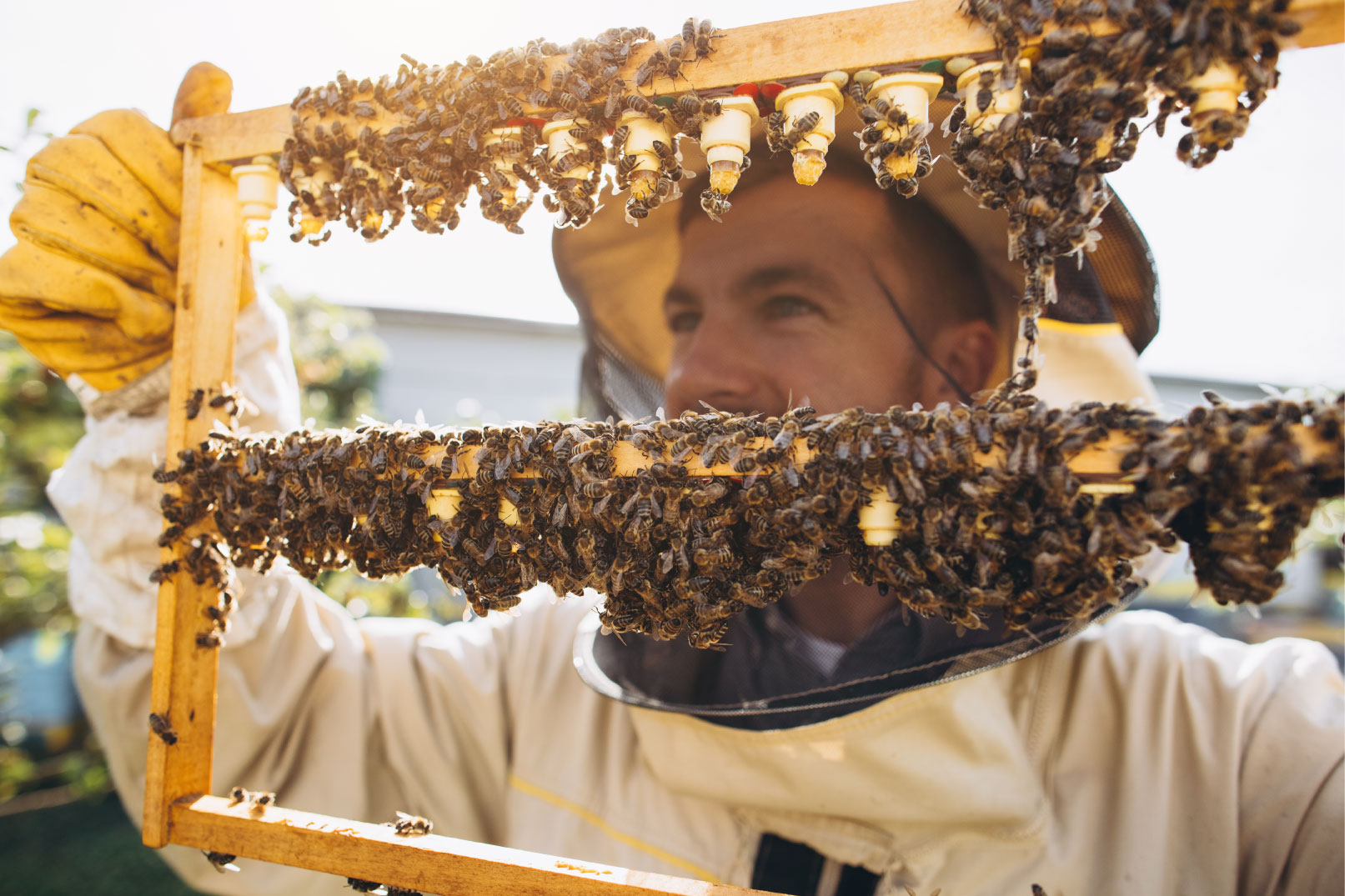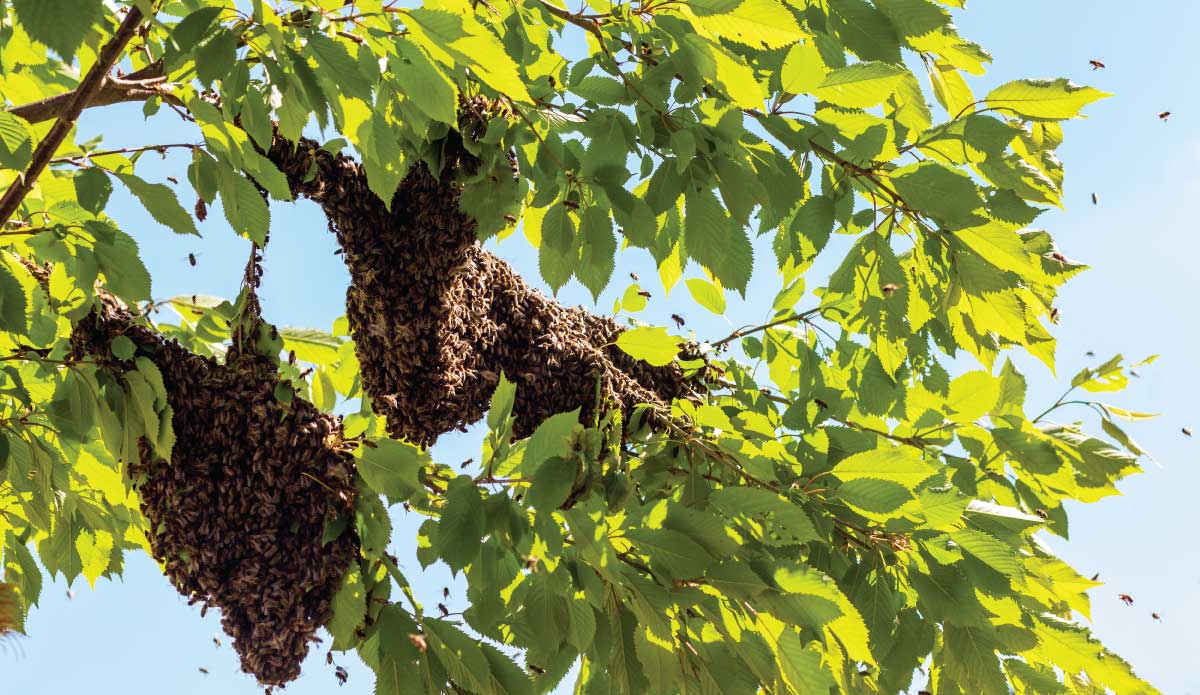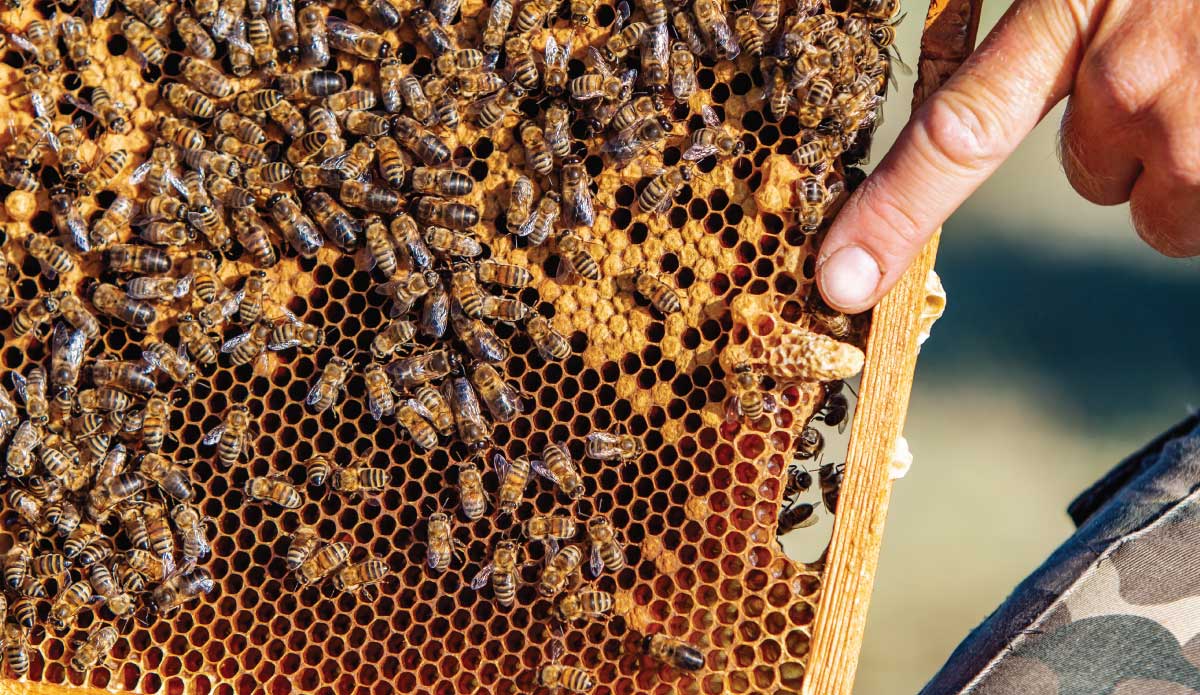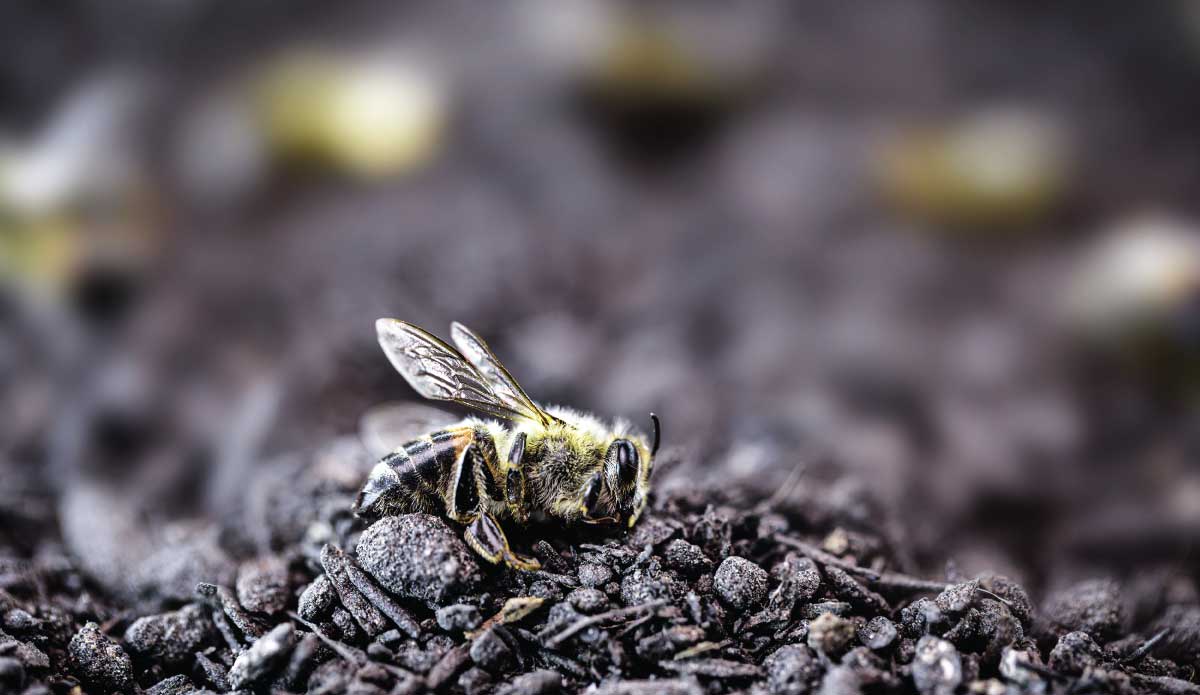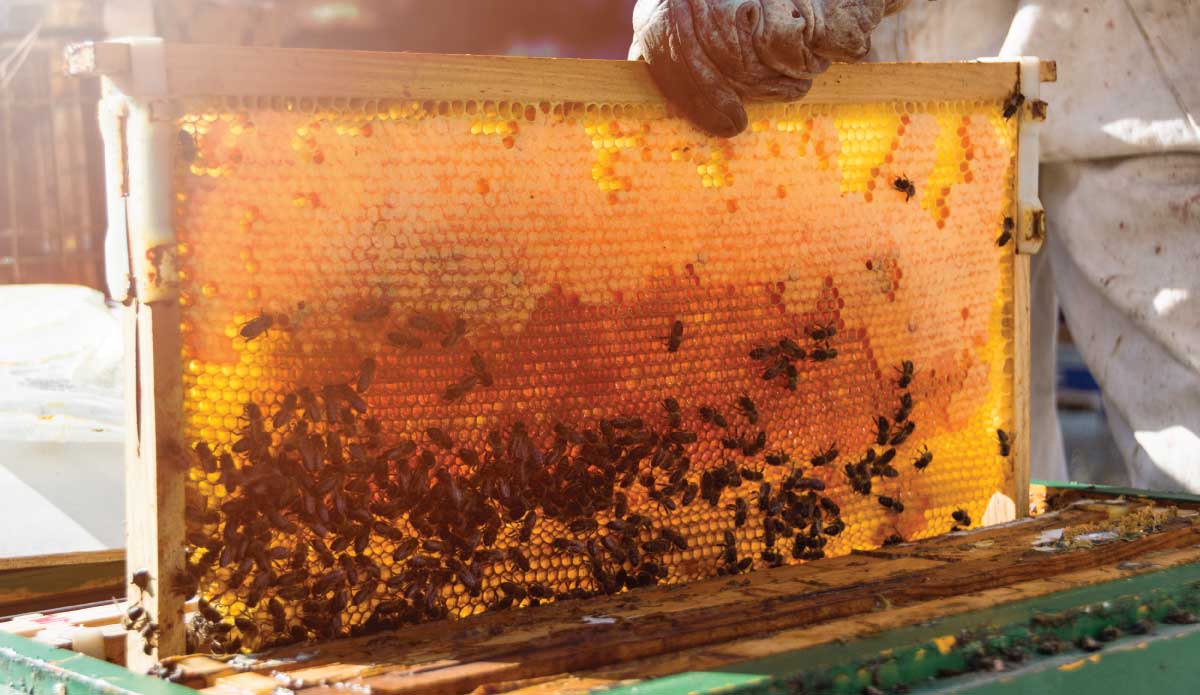The Ligustic Queen Bees: the queens of Italy
Introduction to the Ligurian Queen Bees
The ligustic queen bees , also known as Italian bees, are a variety of honey bees particularly suited to the Mediterranean climate. They are the bees preferred by beekeepers in Italy for their productivity and resistance to parasites. Ligustic queen bees have an average life of about 2-3 years, during which they produce large quantities of honey. These bees generally have a docile character. However, ligustic queen bees can have problems with Varroa destructor and other parasites, which is why these animals must be raised by professional beekeepers.

 English
English  Italiano
Italiano  Estonian
Estonian  Finnish
Finnish  Français
Français  Deutsch
Deutsch  Latvian
Latvian  Norsk
Norsk  Polski
Polski  Română
Română  Español
Español  Svenska
Svenska 
